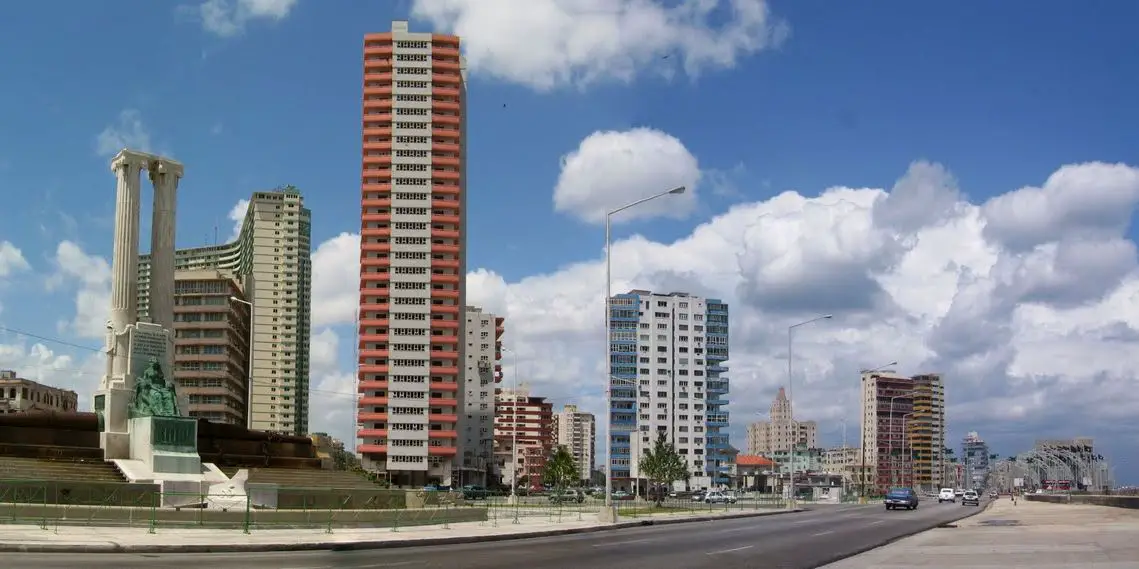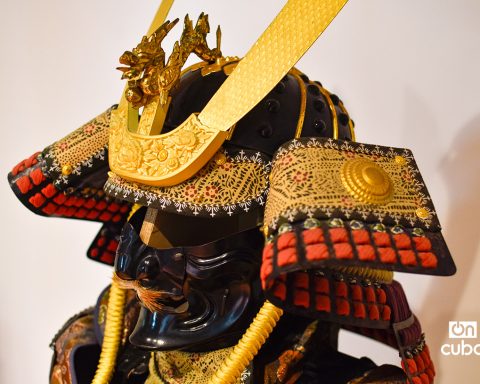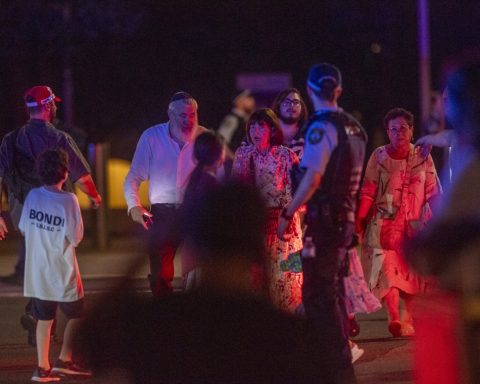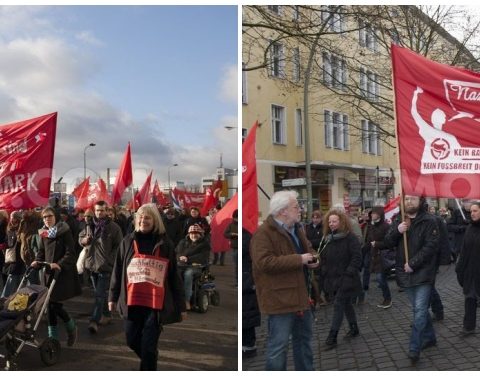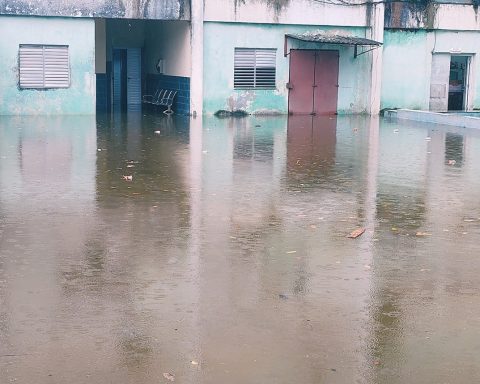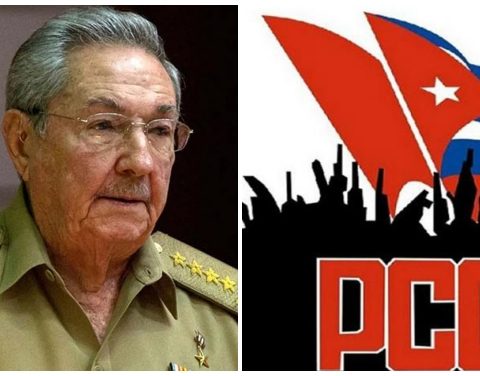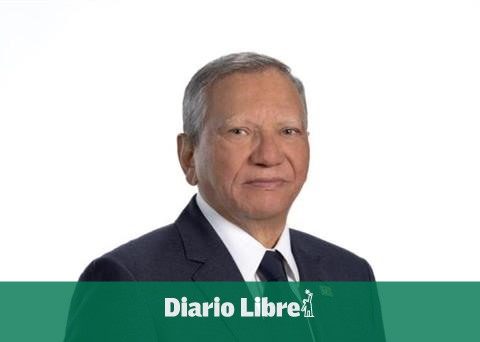Havana Cuba. – On Calle O, between Línea and 17, in Vedado, stands the most slender of the buildings built during the Republican period. The Someillán, the Focsa and the Habana Hilton were the triad that gave shape to the characteristic skyline habanero, whose dizzying development did not materialize because Fidel Castro arrived and ordered it to stop.
Erected in 1957 by the architects Fernando R. de Castro Cárdenas and José A. Vila Espinosa, at the height of the real estate sector under the Fulgencio Batista dictatorship, the 30-story building does not have great architectural value. per se. It broke into the urban fabric as an expression of the most up-to-date construction trends of the time, with simple lines and a vertical approach.
Used from the beginning as a residential and office building, several aspects made it attractive and profitable: central and exclusive location, close to the best hotels in Havana -Capri, Nacional and Habana Hilton-; garages, spacious, well-lit apartments and, above all, with an impressive view of the Malecón and the city.
Surrounded by smaller buildings, some inscribed in the landscape eclecticism of early modernity, others closer from a stylistic point of view, the merit of Someillán, according to several specialists, lies in its dialogue with the architectural and urban environment that surrounds it. . It is also one of the few examples of a “tropical skyscraper” with which it was planned to fill the coastline.
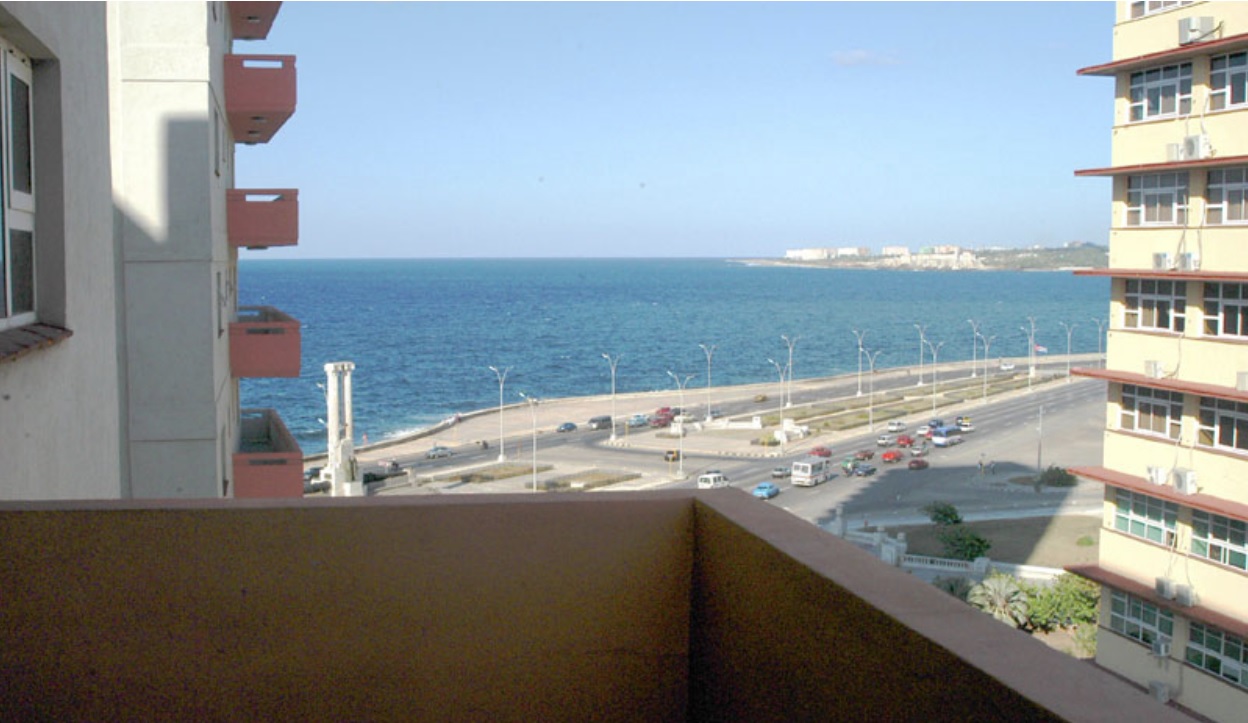
After years of remodeling carried out by the PALCO real estate company, in 2015 and with the breezes of the diplomatic thaw between Cuba and the United States, rumors spread that the compound would become one of the residences of the US embassy in Havana. According to State Department documents, the penthouse it was rented by the US government, which was in charge of remodeling it and other apartments.
